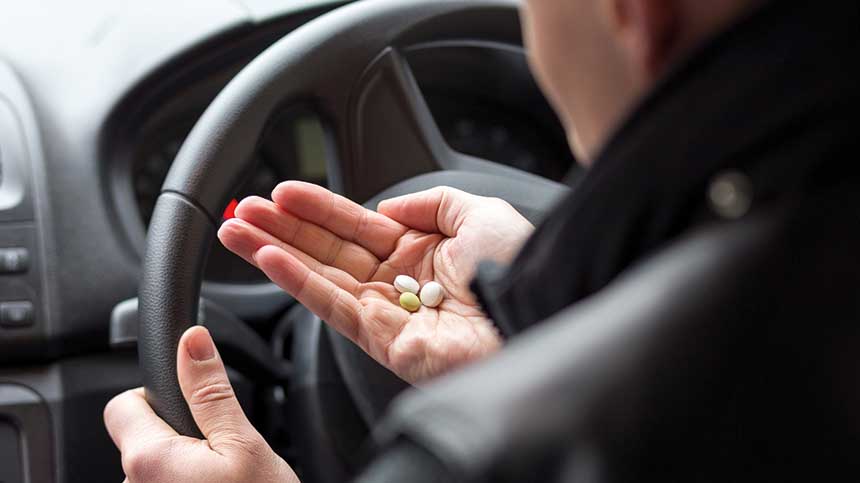IAM RoadSmart warns of drug-driving epidemic

A hidden epidemic of drug-driving is at large in Britain, with almost a third of motorists unwittingly driving with dangerous amounts of drugs in their system, according to the UK’s leading road safety charity, IAM RoadSmart.
But the drugs in question are everyday prescriptions and over-the-counter medications, including painkillers and antidepressants.
Indeed, a survey of over 2,000 motorists commissioned by the charity has revealed that 30% of drivers do not know what the maximum dose of a prescription medication is before it will impact their driving. Meanwhile, 31% of those surveyed do not know how long they should wait before driving after taking their medication.
Under UK law, it’s an offence to drive or attempt to drive while unfit because of drug use – and driving laws do not distinguish between illegal and prescribed drugs.
Antony Kildare, CEO at IAM RoadSmart, said: “When people think of driving while under the influence of drugs, they will probably, quite understandably, think of those who get behind the wheel after taking illicit and recreational substances such as cocaine, cannabis or ecstasy.
“And yet legal drugs that are used for medicinal purposes can often be just as potent, and could profoundly impact a driver’s judgement while behind the wheel. However, under the current system, this threat may not be understood – resulting in a lack of awareness of what should be basic considerations, such as maximum dosages or whether the medication will impact their ability to drive.
“We would like to see a new and reformed system which will provide more transparency on how medications can affect a motorist’s ability to drive, and clearly communicate potential risks to motorists.
“We also want drivers to be more aware of how they feel after taking medication for their own safety, so we are urging drivers to be vigilant of any potential symptoms of taking their medication and consider how the side-effects could impair their driving. This may include drowsiness, light-headedness, shakes and dizziness.”








